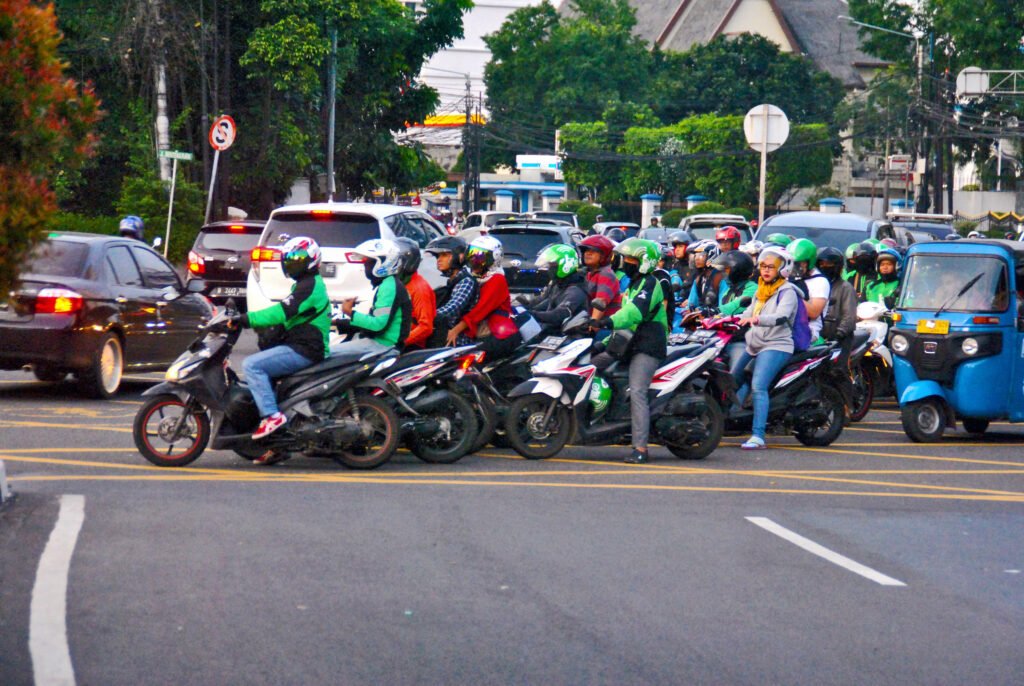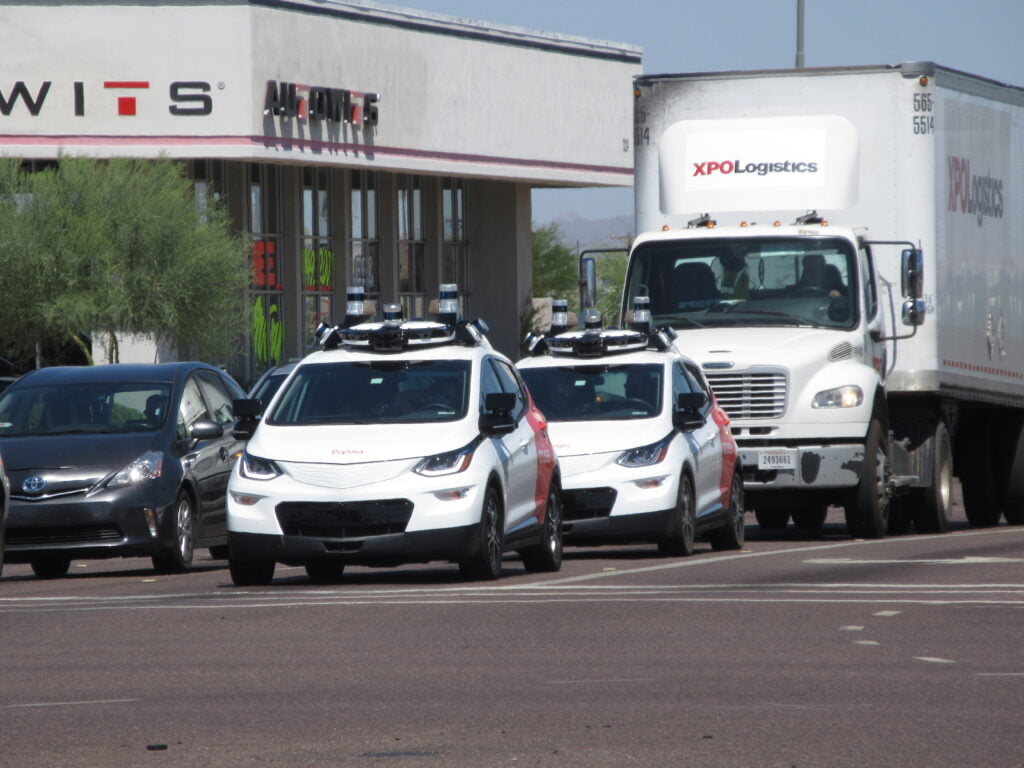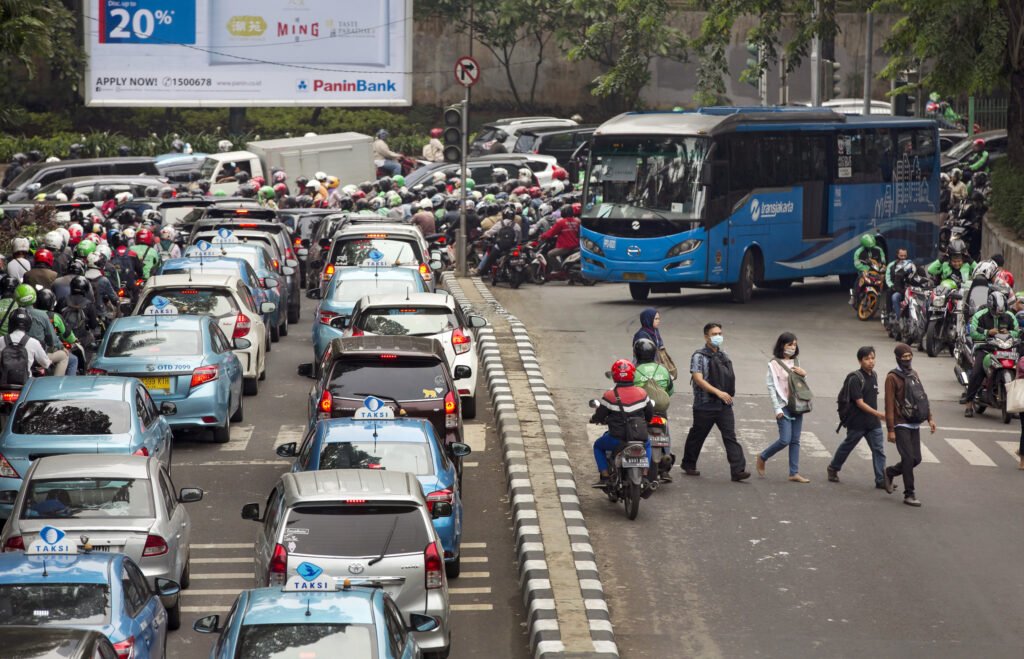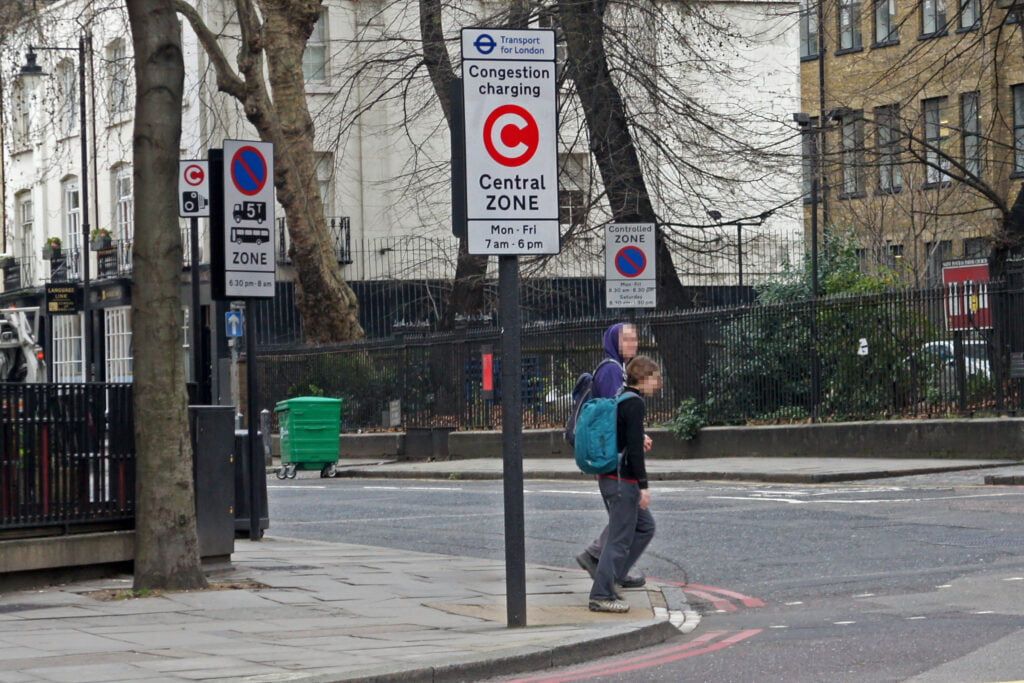Israel fights congestion in Tel-Aviv with sophisticated road tolls and a ‘HOT’ lane.
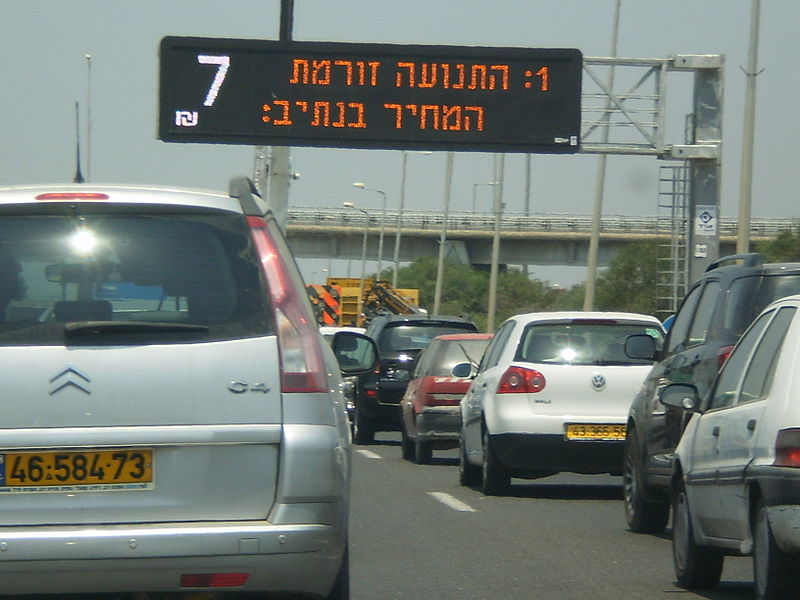 The ‘fast lane’ is free for full cars, or a charge applies for cars with fewer occupants : David Shay, Wikimedia CC 3.0
The ‘fast lane’ is free for full cars, or a charge applies for cars with fewer occupants : David Shay, Wikimedia CC 3.0
Israel fights congestion in Tel-Aviv with sophisticated road tolls and a ‘HOT’ lane.
For 13km on one of Israel’s most clogged freeways, one lane flows quickly.
The westbound lane on freeway number 1, connecting Jerusalem to Tel-Aviv, is sign-posted as the “fast lane”. Drivers must pay a toll for the privilege of a clear run.
The fee ranges from 7 to 105 Shekels (US$2 to 30) depending on the time of day and how much other traffic there is. The other lanes are free. But, importantly, if a car has three or more people in it (at times, four), the fast lane becomes free.
It sounds complicated, but Israelis have embraced the concept and it has reduced the number of cars entering Tel-Aviv.
Israel’s “fast lane” is an example of a high occupancy toll lane (HOT lane). The first HOT lanes were introduced in California in the 1990s. As of January 2019, there were 67 operating HOT lanes and 22 more planned, all in the US. Israel is the only country outside the US with a HOT lane.
HOT lanes are a variant of the more common high occupancy vehicle (HOV) lanes, which drivers may only enter if they have multiple people onboard. HOVs themselves are variants of dedicated bus lanes. The key difference is that HOT lane use is allowed for cars with low numbers of people onboard if they pay a toll.
The fee for driving in the fast lane can be viewed as an alternative to the congestion charge. Congestion charges have been shown to effectively reduce traffic jams and have been successfully implemented around the world – London celebrates 20 years of its congestion charge this week. But although congestion is getting worse almost everywhere, adoption of congestion charges is still rare. That’s because they are perceived as ‘sticks’ while the public (and politicians) prefer ‘carrot’ policies.
A HOT lane, however, offers a carrot (a clear run) and has the potential to encourage more sustainable mobility patterns (more people in one car). They are generally less politically challenging to implement as, in many areas, HOT lanes are either new additions to existing freeways or a conversion from HOV to HOT, so don’t reduce the overall number of lanes.
To reduce the (possibly politically unacceptable) congestion for the other lanes, the Israeli government offered various inducements to use the fast lane. There is a large carpark at the beginning of the HOT lane where people can meet up with friends or colleagues to carpool and take advantage of the free fast lane.
There is also a free bus shuttle to Tel-Aviv (along two different routes) near the parking lots. The combination of a large free parking lot with free shuttles or a meeting point for carpooling has increased the number and types of travellers benefiting from the HOT lane.
The project, which began with a suspicious public and media, became a success story and is inspiring further HOT plans across Tel-Aviv. Although the HOT lane is a small step within the system, it may be giant leap towards road pricing and clearer roads.
Professor Galit Cohen Blankshtain is the head of Federman School of Public Policy and Governance at the Hebrew University, Jerusalem
Professor Hillel Bar-Gera is the head of the department of Industrial Engineering and, Management at Ben-Gurion University, and the Chi Scientist of the National Road Safety Authority, Israel. He is a consultant to the Israeli department of transportation on HOT projects.
Professor Yoram Shiftan is the head of the Israeli Smart Transportation Research Center, Israel.
Originally published under Creative Commons by 360info™.


